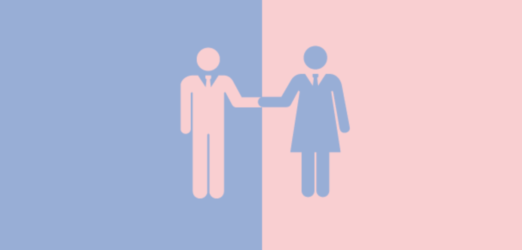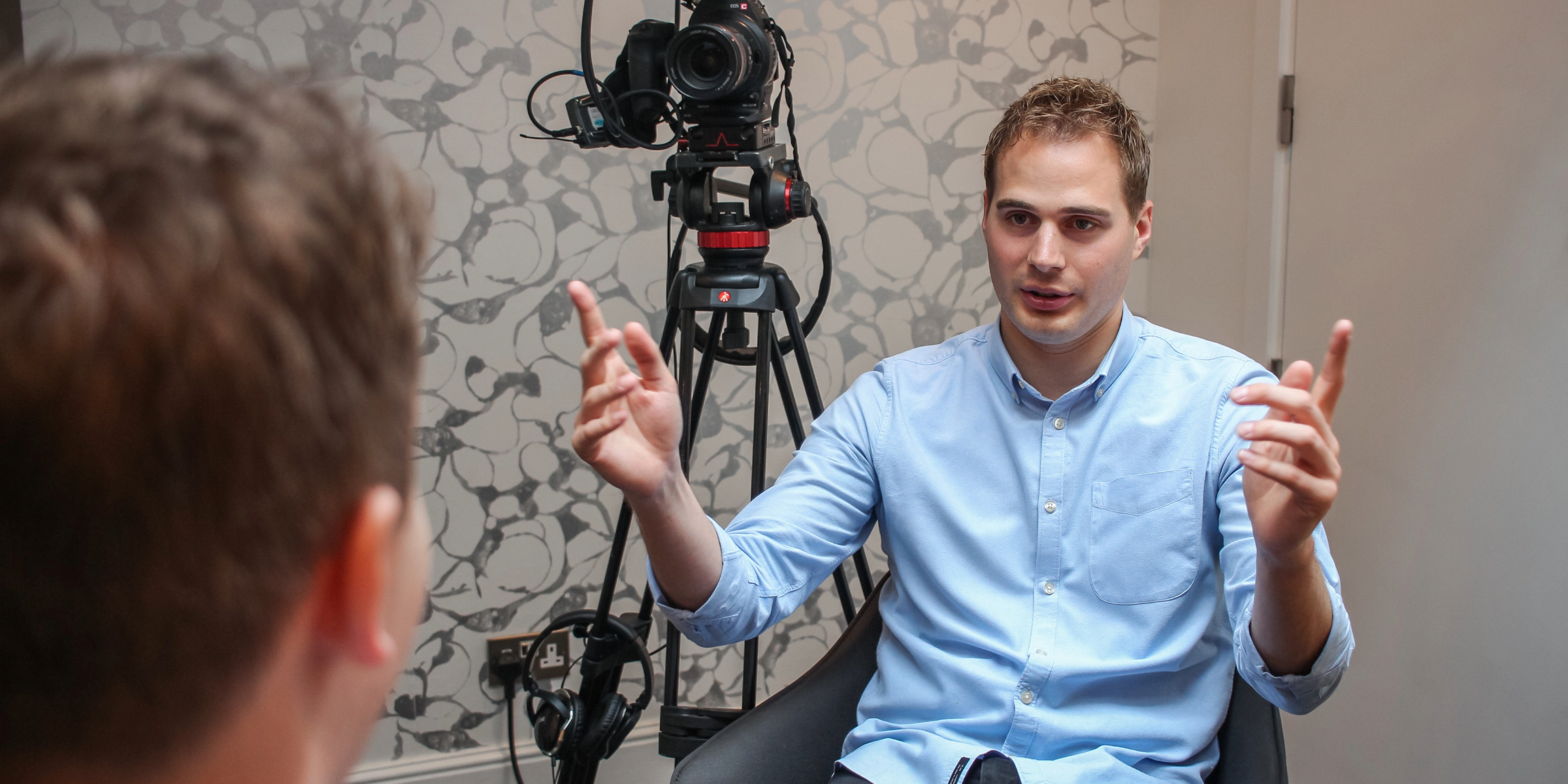So long middle-class men in suits presenting our favourite radio and telly shows, hello calls for representation, diversity and fair pay. Gender is the word on everyone’s lips and ‘female’ is the F–word people are swearing by.
The gender pay gap. He for She. #MeToo. Society is changing to become more inclusive and equal for women, and with that media organisations are under pressure to diversify their outputs.
Gender representation is a widely debated and discussed issue, but what does it really mean for the media? Andrew Dagnell, Head of Specialists at ITV News, addressed gender diversity at our recent Big Talk, and explained how broadcasters need more women on-screen as experts, journalists, contributors and case studies.
He says his team use morning meetings to address gender imbalances in their output, going through stories one by one and questioning where they can include women.
Whilst Andrew acknowledged that it may feel uncomfortable to engineer coverage this way, it needs to happen to drive home the message: “unless you take that kind of action, change isn’t going to happen and you’re not going to reflect that we need more women in our coverage.”
The media gender row was sparked in 2017 when the BBC published a list of its employees who earned over £150,000. With 64 men and 32 women on the list and the top seven earners all men, criticisms against the company resulted in some of their most prominent male presenters, including Jeremy Vine and John Humphreys, taking a pay cut.
Afterwards came the inevitable news that several male presenters were leaving the BBC for other media organisations, prompting mixed reactions that prove gender diversity still has a long way to go.
The announcement that Newsnight’s Evan Davies would replace Eddie Mair on BBC Radio 4’s PM show was met with internal criticism that it was an opportunity to close the gender pay-gap within the BBC by having a woman present a flagship show.
On the other hand, Jo Whiley’s stint as co-host for the Radio 2’s drivetime show with Simon Mayo backfired. It was argued that bosses added her to the show purely for gender balance, having no other female presenters on the day-time schedule, rather than thinking about what the audience wanted. The decision resulted in both presenters leaving the show.
These examples can be applied to broadcast PR: Andrew Dagnell says the PR industry can make its mark in the movement towards equality by offering more female spokespeople and case studies.
However, as we’ve seen before, decisions must be based on the relevance to the campaign, rather than choosing a woman for the sake of it. It’s not just about achieving media coverage, it’s about sending the message that women should be given platforms to share their voices and talent.
The lesson here is that we need to give women a genuine voice, be it presenting a show or representing a campaign, but they must have credibility, rather than being used as an easy way for a company to appear representative.
Being credible will give her authority, diminishing the ‘she was just chosen because she’s a woman’ message, and instead encouraging the norm for them to appear in the media based on their worthiness and not just to tick off a box.
Only when women are chosen based on their ability to do a good job, and not to fill an enforced quota, will equality really be achieved.
If you’d like our help with your campaign, give us a call on 0207 240 7373 or email hello@shoutcommunications.co.uk.



